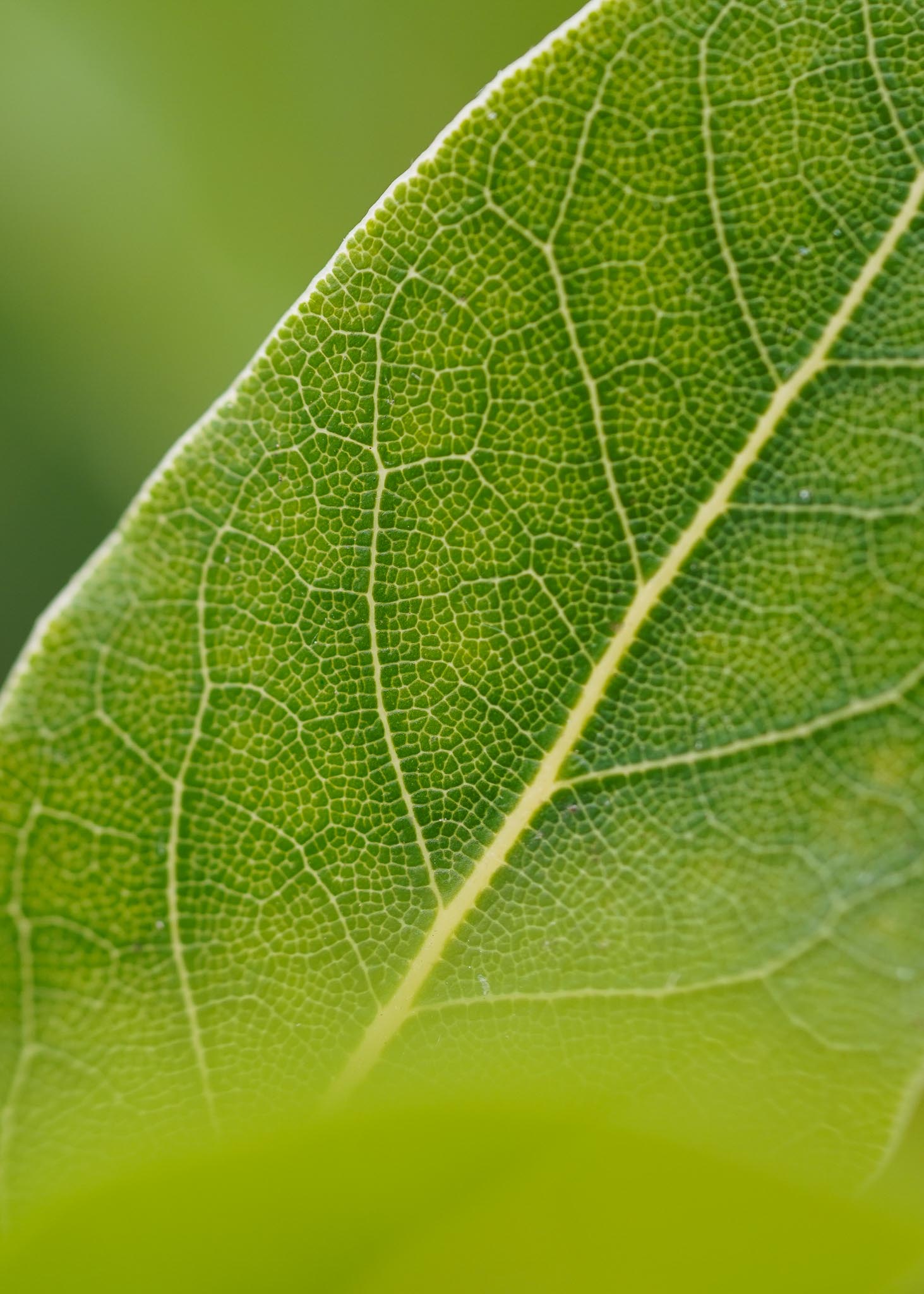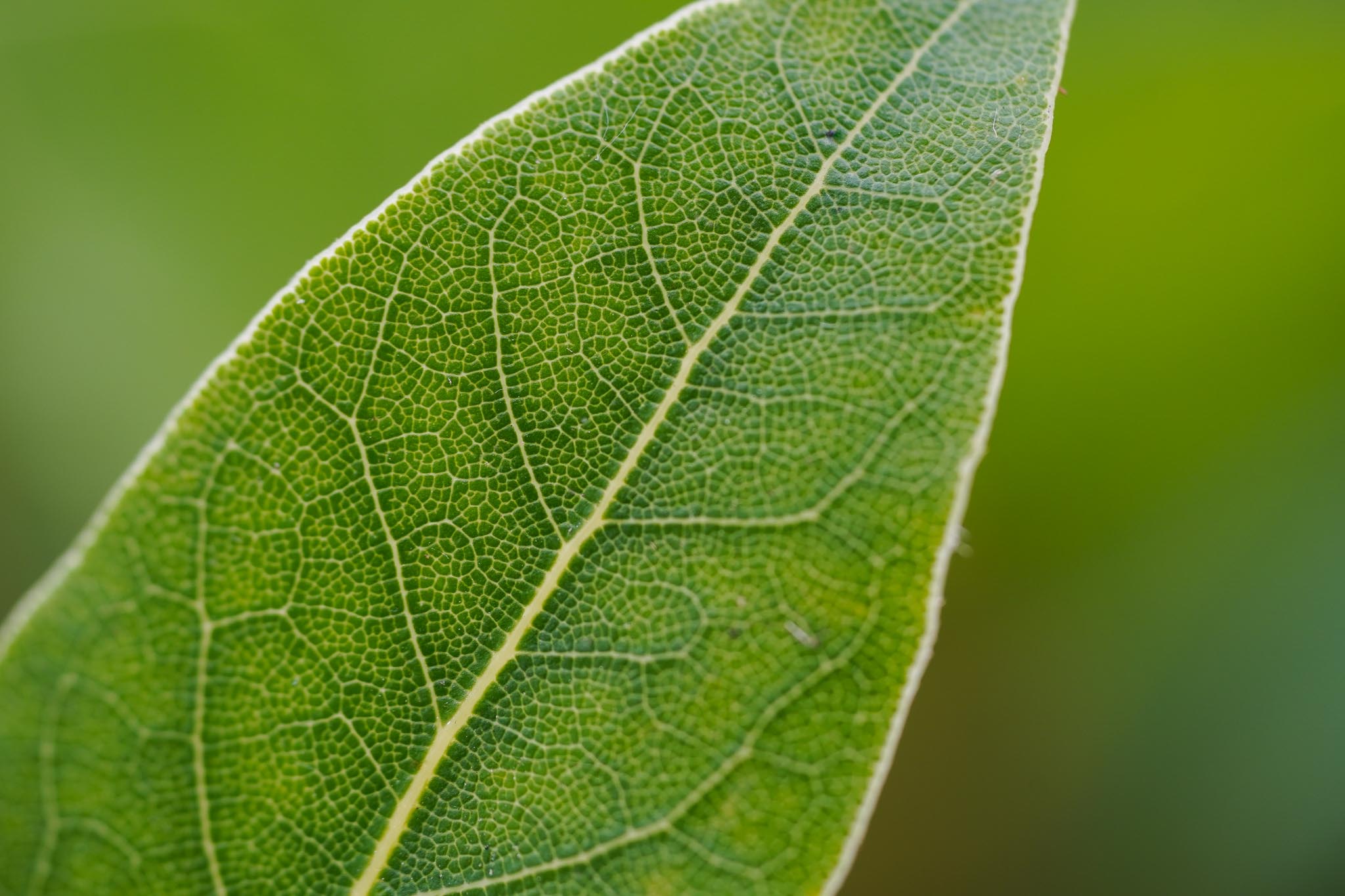Laurus Nobilis
Shiny green, regal shape. Laurus nobilis is better known as bay laurel, and lives up to its name. This evergreen shrub that originates from the Mediterranean brings calm and cool to the garden. It is the ideal plant for creating a hedge. The plants are also available in attractive shapes that make a real feature in pots and containers on a patio or balcony. Bay laurel is also well-suited to creative inspiration, and can be trimmed into a globe, cone, square or a standard tree. Yet its greatest beauty lies in the natural bush shape. If you prune the profusion of foliage back a little from time to time, you will have a green friend for life. Grower of this product: Gova
Care tips
| – | You can place bay laurel in full sunlight, but it is also content in partial shade. |
| – | Drooping young leaves indicate a lack of water. The bay laurel will quickly revive after some extra watering. If the plant is in a pot, avoid leaving it standing in water. |
| – | If bay laurel gets too much water it will show this with yellow leaves. Leave the soil to dry thoroughly before watering again. |
| – | Feed from May to July in order to help the bay laurel recover from its spring growth spurt. Don’t feed after this, otherwise the plant will go into the winter with too much vigour and can collapse as a result. |
| – | Prune in June and clip into shape with sharp, clean secateurs. Always cut the branches, not the leaves. Only prune the bay laurel again in December. |
| – | If the temperature drops five or more degrees below freezing, it’s best to move a bay laurel in a container to a cool dark place such as a shed. Leave to rest with very little water, and then gradually acclimatise to light and water again in spring. |
| – | When planted in the ground, bay laurel will generally cope well with moderate winters (down to minus 10°C) in Europe. |
| – | Bay laurel does not like being re-potted: once every 3 to 5 years is more than enough. |



